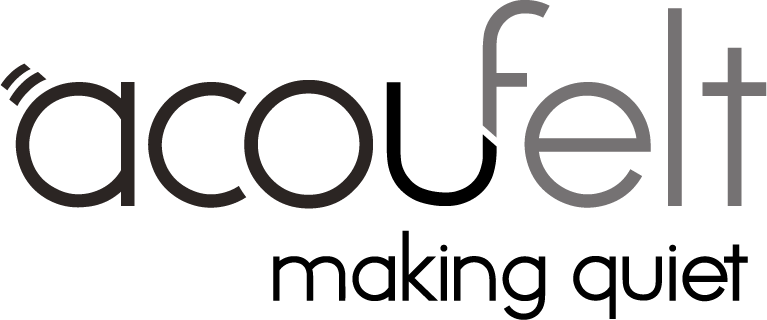Sound Topics in Our Schools
I think we can all remember just how loud the halls and classrooms in high school really were. Or weren’t, depending on the class. However, just how much of that volume was actually productive sound, and how much of it was simply unfiltered noise conflicting with what students really need to hear?
While band rooms could be heard two halls and a staircase away and the chorus classroom’s door would barely muffle the octaves being sung, in severe contrast many students in the back half of math and English classrooms could barely hear their teachers even when the other students were quiet.
So why such a large chasm between the two? Sound management and noise control. As in managing the sound you need the students to hear, while controlling the noise that you don’t want distracting them.
Sound Control in Schools - A New Perspective
Look at it from a visual perspective so it’s easier to picture. (See what I did there?) Place a single light in a math or English classroom and turn it on. It will illuminate what is closest to it, while slowly leaving the rest of the room in darkness.
Now add a myriad of small mirrors around the room to bounce the teacher’s light, and any other little light that may enter, around at odd and random angles. Not only is the light from the teacher projected poorly through the room, but it now has to deal with being bounced randomly by shiny objects and even compete with itself at times.
But what about a band or chorus room? This is when there are multiple bright lights, all on at once and it begins to be very difficult to see the singular light you need to see rather than all the others. This would be the teacher versus all the other instruments and voices, competing for dominance in a small space, not to mention the leaking light (sound) into adjacent rooms and confusing the situation there.
In both cases a solution is needed to diffuse the offending and competing light so that the teacher’s light can be best spread through the room with minimal competition.
So now that we see the needs and solution for light sources in a room, albeit simplified, the jump to sound and acoustic needs truly isn’t far off! The solutions to these needs are where the acoustic experts come in.
In classrooms where the teacher is the single source of sound, combinations of acoustic wall and ceiling panels depending on the room’s make-up should be used to both absorb unwanted noise, lessen harsh reverberation, and make the teacher both easier to understand as well as help him or her communicate at a consistent and level volume.
This in turn helps the students not only hear their teacher better, but by controlling the conflicting noise pollution it also helps them concentrate and be less distracted.
No More Noise - Solutions
In music rooms such as band and chorus, a combination of acoustic wall and ceiling panels can also be used, with added elements of sound diffusers and even treatments within the walls themselves to insure noise-leakage doesn’t disrupt adjoining classrooms.
These help the music teachers be better understood, the instruments and vocals to be better and heard clearly, and not distract students in other classrooms from their studies as well.
Gymnasiums are another key point in schools that are often accepted as being noisy, when in reality a properly treated gym can hold entire assemblies and the speakers could be clearly heard rather than just be in a large echo chamber. In fact, Gaus Acoustics helped Doctor Howard Elementary do just that!
School colors, artwork and visual, interior design a concern with the consideration of acoustic treatments? Not at all! There are multiple products that can even be printed to exact color specifications if a standard color isn’t available to match with the school’s.
Ultimately, there is no reason why a school should be littered with unwanted noise, distracting today’s youth from learning to be the next generation of leaders. Just give Gaus a call so we can help you give them the place they deserve.












